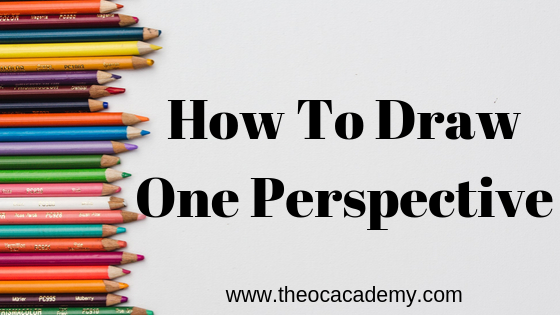The Elements and Principles of design are like the building blocks of art. They are the foundational and fundamental tools that an artist needs within their arsenal to elevate their overall work as a creator. In this post, I will be going over both the Elements and Principles of Art, in hopes that it offers you a better understanding of the drawing process itself.
The Elements of Design
01. Line
The most essential element of design. When drawing, alike is considered a single stroke, however, in graphic design, it is recognized as the connection of two points. Lines divide space and draw attention to a desired location or area.Characteristics of Lines
Width - thick, thin, tapering, uneven
Length - long, short, continuous, broken
Direction- horizontal, vertical, diagonal, curving, perpendicular, oblique, parallel, radial, zigzag
Focus- sharp, blurry, fuzzy, choppy
Feeling- bright, jagged, graceful, smooth
Types of Line
Outlines: Silhouette, Edge of an object
Contour Lines: Distinguish the exterior and interior shapes of an object
Gesture Lines: Capture movement and gestures of an active figure, energetic
Sketch Lines: Capture appearance or impressions of objects or places
Calligraphic Lines: Elegant handwriting or hand lettering
Implied Line: The direction an object is pointing or an individual is looking. Not a visible line
02. Shape
Shapes are created when lines cross or interests to enclose a space. They are defined by boundaries such as lines and color. All things ultimately have a shape.Characteristics of Shapes
Geometric Shapes: Circles, Squares, Rectangles, and Triangles
Organic Shapes: Leaves and Flowers are examples of organic shapes. They are informal and irregular in nature.
Positive Shapes: Solid Forms, positive space, the solid area of a sculpture
Negative Shapes: the shape formed when a shape meets positive space
Static Shapes: When a shape appears stable or resting
Dynamic Shapes: When a shape appears to be active or moving
03. Space / Size
The negative space around an object.Types of Space
Positive space: The actual sculpture or building
Negative space: The space around the sculpture or building
Picture Plane: The flat surface of your drawing plane
Composition: The organization and placement of the elements on the picture plane
Focal Point: The where you want the viewer to look at first.
Types of Perspective
Nonlinear Perspective: Showing depth
Position: Placement of an object on a plane
Overlapping: Making an object appear closer or further away
Size Variation: Establishes the distance of an object. Small is far away and big is closer
Color: Bright colors look closer neutral colors look farther away
Value - Lighter (not brighter) values look a farther back and darker values look closer
04. Value
Value is the range of lightness and darkness in a picture. Value is created by a light source that shines on an object creating highlights and shadows.
Types of Values
Tint: Adding white to a color paint to create lighter values
Shade: Adding black to paint color to create dark values
High: Light values
Low: Dark values.
Value Contrast: Light values and dark values placed beside one another to create contrast or strong differences
Value Scale: A scale that shows the gradual change in value from its lightest value; white. To its darkest value; black.
05. Color
Color is a very universal element of design. Color can stand alone or be applied to other elements such as lines, shapes, and textures. Color is excellent for creating a mood as well.Primary Colors
Red
Yellow
Blue
(Red, Green, Blue, and for Computer)
Secondary Colors
Orange = Yellow + Red
Purple = Red + Blue
Green = Blue + Yellow
Tertiary
Yellow/Orange = Yellow + Orange
Red/Orange = Red + Orange
Red/Purple = Red + Purple
Blue/Purple = Blue + Purple
Blue/Green = Blue + Green
Yellow/Green = Yellow + Green
06. Texture
Can create a more realistic appearance on a 2D surface.
The Principles of Design
01. Balance
Balance refers to the arrangement and equilibrium of the composition as a whole.Symmetry
both sides of an image mirror one another
Asymmetry
Contrasting elements balance the image
Radial Symmetry
Elements spaced equally around a central point
02. Emphasis
The visual hierarchy of a composition03. Movement
The path the viewer's eyes take through the artwork04. Pattern
Repeating of an object or symbol throughout an artwork
05. Repetition
Works with patterns creates unity and makes an artwork seem active








0 Comments